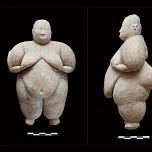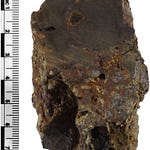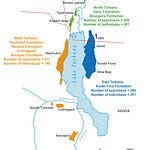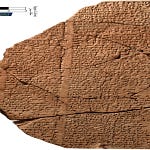Beneath the Floors, a Different Story
At Çatalhöyük, one of the world’s earliest known cities, generations of Neolithic families buried their dead beneath the floors of their own homes. For decades, archaeologists debated what those burials might say about the society above them. Were its inhabitants egalitarian farmers? Goddess-worshiping matriarchs? Or something else entirely?
Now, the bones have spoken. A new study published in Science1 brings genetic clarity to a long-standing archaeological debate. Researchers analyzing DNA from 131 individuals interred in Çatalhöyük between 7100 and 5800 BCE have revealed a social fabric that wove households together through maternal ties.
"With Çatalhöyük, we now have the oldest genetically-inferred social organisation pattern in food-producing societies," said evolutionary geneticist Mehmet Somel. "Which turns out to be female-centered."
Listen to this episode with a 7-day free trial
Subscribe to Anthropology.net to listen to this post and get 7 days of free access to the full post archives.










